Clyde Edward Pangborn first found fame in the aviation circuit through Barnstorming. Flying circuses were common attractions in the early days of aviation. These daredevil shows flaunted the technology of air travel and the ability of the talented pilots who performed. It is no wonder that Pangborn is listed on the Longines Honor Roll.
From Flight Instructor to Barnstorming
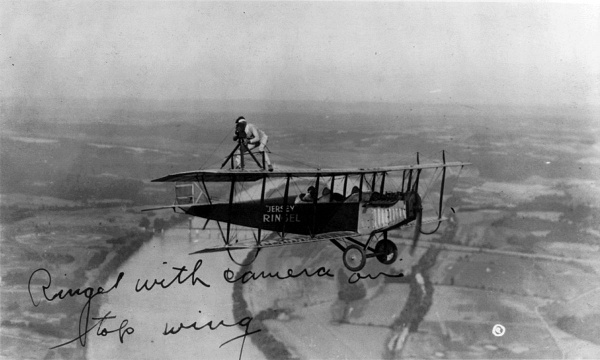
Pangborn received his pilot’s licence in WWI, serving as a flight instructor at Ellington Field in Houston, Texas. Getting creative with the Curtiss JN-4 “jenny” biplane, Pangborn learned how to fly upside down with the plane flat on its back. This is how he acquired the nickname, “Upside-Down Pang.”[1]
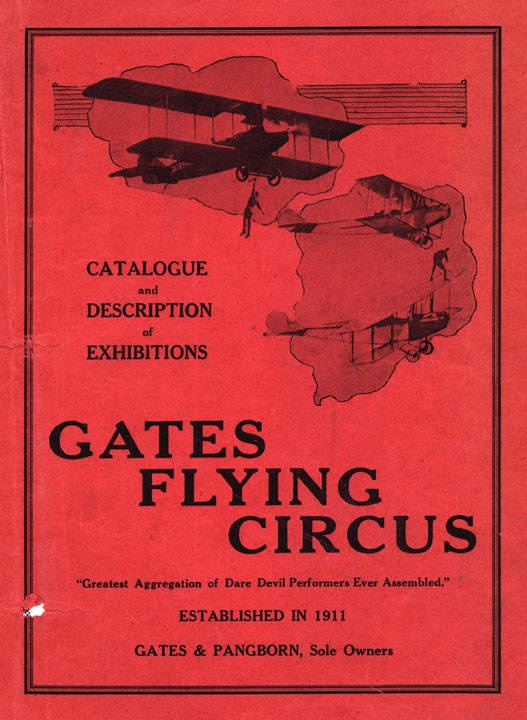
From these death defying feats of flying prowess it is no wonder that Pangborn entered the world of Barnstorming post war.
For nine years, Pangborn was a well-loved regular on the circuit. As the co-owner of Gates Flying Circus, Pangborn performed aerial acrobatics and exhibition flying.
It would be easy to assume that the co-owner of such a successful flying circus would sit back and reap the benefits, but Pangborn went up night after night to astonish the crowds sitting below.
Pangborn became renowned for changing planes mid-air and the show was an international hit.
Not for the faint hearted, these shows often posed a real danger to aviators and performers. Early in his career Pangborn suffered his only serious injury as he attempted to jump from moving car to flying plane.
He recovered well and despite his relatively dangerous profession was to continue on unscathed for the rest of his career. Pangborn became a national hero after rescuing stunt woman Rosalie Gordon in mid-air during a show. She had been tangled in Pangborn’s landing gear during a parachute jump and Pangborn came to her aid without hesitation.
He saved Rosalie’s life. Throughout his Barnstorming career Pangborn flew more than 12,500 miles and carried over 500,000 passengers.

During his Barnstorming days Pangborn met Hugh Herndon. Herndon approached him in 1931 with a proposition to circumnavigate the globe. The Barnstorming profession had faltered during the depression and Pangborn looked to set his heights a little higher.
The two aviators hoped to beat the current record of 20 days and 4 hours set by the Graf Zeppelin (a hydrogen filled airship) set in 1929.
Around the World
While they planned for this epic undertaking the record was beaten by Wiley Post and Harold Gatty in 8 days and 15 hours. Undeterred by the news, the aviators attempted the journey regardless.
Herndon and Pangborn took off from New York on July 28th, 1931, flying a red Bellanca J-300 Long Distance Special, the Miss Veedol. Named for the motor oil produced by the Tidewater Oil Company owned by heiress Alice Carter Herndon, Hugh Herndon’s mother.
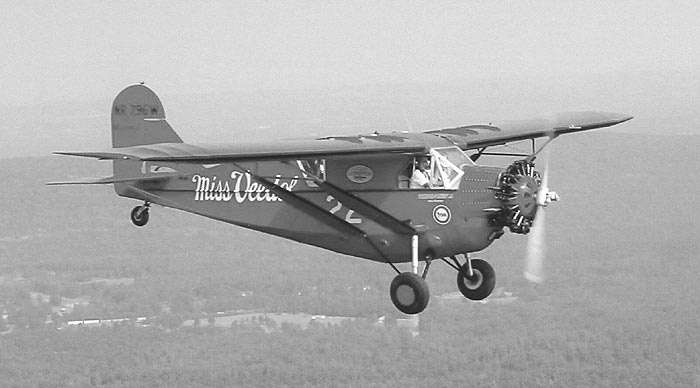
Unfortunately, their attempt at the around the world record was cut short by the infamously unforgiving weather in Siberia, when their plane skidded off the runway and became bogged down.
Having continually faced some of the most death defying feats of aviation Pangborn was undeterred by failure. He and Herndon climbed back in the cockpit for another record breaking attempt. They decided to salvage the trip by competing for a $25,000 prize offered by Japan’s Asahi Shimbun newspaper for the first nonstop flight across the Pacific.
Under Arrest for Espionage
This adventure was not without mishap which saw the two aviators jailed in Japan.
They had flown from Siberia to Japan in preparation for the flight. They arrived in Tokyo on August 8th, 1931 and were detained for several weeks on suspicion of espionage and for making an illegal flight. Herndon had been documenting the journey, taking various pictures along the way; including images of military restricted areas.
Pangborn recounted: ‘We were arraigned on three counts. That we had flown over fortified areas and that we had photographed these areas. True we didn’t have a flight permit with us, but we assumed it would be routine for our embassy to arrange it. As for flying over fortified areas and taking pictures, we were just tourists taking what we thought were pretty landscape shots.’[2]
Without adequate documentation and with these incriminating pictures, the two men were arrested by Japanese officials, jailed, went to court, and found guilty after 7 weeks house arrest.
They were sentenced to 205 days in prison (hard labor) or a $1,050 fine. After paying their fine they set about attempting the flight again. It wasn’t a particularly inspiring start to their journey and misfortune would only mount as they continued.
Pangborn and Herndon were given only one opportunity to take off in Miss Veedol. Upon failure to launch the aircraft, the men were to return to prison and Miss Veedol would be confiscated.
With all their hopes hanging on this small window of opportunity it was a great disappointment to discover that their maps and charts had been stolen by the Black Dragon Society. The society was insistent that Japan should hold the first record for this same journey.
In the event of their escape from Japan, the men would still have to contend with their lack of maps and charts, making navigation almost impossible.
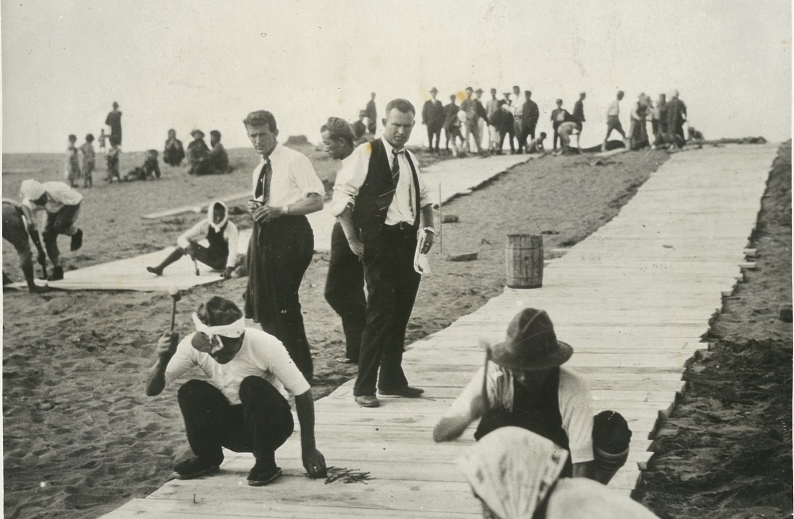
Pangborn and Herndon became airborne on October 4th, 1931. Taking off from Sabishiro Beach, Misawa, Aomori, Japan and aiming for Seattle, Washington.
Barnstorming to the Rescue
Just three hours into the flight disaster struck as the device intended to release the landing gear failed. Pangborn later explained:
We determined that to make the trans-Pacific flight we would have to take off with the heaviest wing loading [fuel load] we had ever attempted with the Bellanca.
Even then it was marginal that we would have enough fuel to take us the 4,500 miles to the U.S. west coast even at the most economical cruising speed. Studying the problem I calculated that we could increase our speed [by] approximately 15 miles per hour if we could rid ourselves of the drag of the fixed landing gear.
On a forty hour flight that would be the equivalent of adding 600 miles to our range, and that might make the difference between success and failure.[3]
Their weight calculations left no room for error and they intended to ditch the landing gear in order to reach the required altitude. Pangborn, propelled back into his Barnstorming days, clambered onto the wing at 14,000 feet to manually remove the equipment.
This was absolutely necessary as Miss Veedol was overloaded with everything needed to make the flight. They were carrying a reported 915 gallons (3,464 liters) of gasoline and 45 gallons (170 liters) of engine oil. The plane had no radio, no, life raft, not even a seat cushion. The limited their food to some fried chicken and tea. Even with these extreme measures the Ballanca was over its maximum recommended operating weight by 3400 pounds.
Using the same “runway” built for Gatty and Bromley the Miss Veedol lifted off with ~100 yards to spare.
For a detailed account of the journey, please link to history.net here.
They continued with a flight that was anything but plain sailing. Their engine failed mid-air, they very nearly ran into Mount Rainier due to excessive fog, they lost their direction and had to redirect their course on numerous occasions.

Plagued by horrendous weather and with the absence of their maps and charts they attempted to reach Boise.
Here, they could accomplish the furthest distance record along with the nonstop transpacific flight achievement.
Fog forced them to turn back, eventually belly landing on a Fancher Field in East Wenatchee, Washington.
You can watch the belly landing here. A news clip of the landing from Paramount.
To their surprise a representative of Asahi Shimbun was there to present the fliers with their $25,000 check. The trans-Pacific flight took them 41 hours and 13 minutes in a journey that was marred with disaster and misfortune. However, Pangborn was resolutely determined. Despite everything, he continued on.
Pangborn went on to fly a Boeing 247 with Col. Roscoe Turner in the MacRoberston Race. The Boeing came in second place in the transport section and third overall.
World War II
During WWII Pangborn joined the Royal Air Force (RAF) organizing the RAF Ferry Command. From 1941 to 1945 Pangborn served as Senior Captain with the Royal Air Force Ferry Command. Within this time he made over 170 trans-ocean flights across both the Atlantic and the Pacific, delivering planes for the war effort, including one of the first Avro Lancaster bombers to the US.
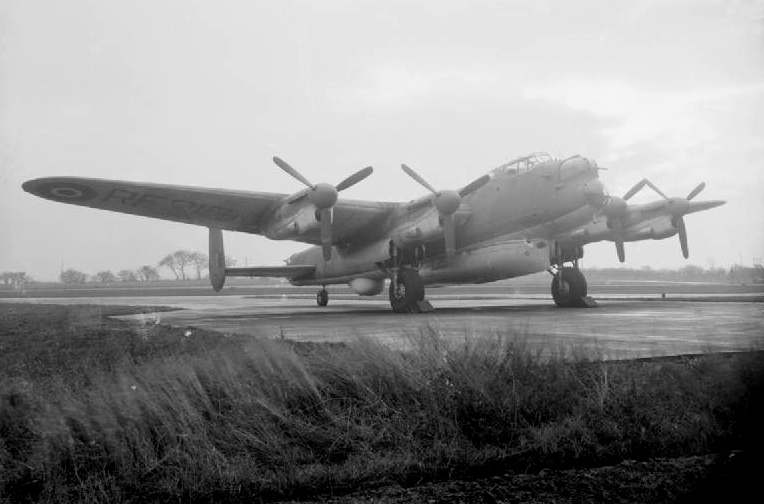
He helped to organize the RAF Ferry Commnad and was instrumental in getting many pilots to join in the war effort through Canada.
Pangborn flew almost every type of multi-engine aircraft imaginable throughout this time. He tested the first Lancaster heavy bomber for the United States Army and after demonstration, the infamous planes were put to use during the war. Pangborn served with the U.S. military after America entered the War in December 1941.
Commercial Pilot
After the war ended, Pangborn embarked upon a career as a commercial pilot. Within this time he pioneered commercial flight paths and developed existing planes, leading to better quality commercial aircraft.
Born on October 28th, 1894 in Bridgeport, Washington Pangborn was to log more than 24,000 flight hours in 40 years of piloting. This extraordinarily talented pilot exuded a love of flight in all of its aspects. He was able to fly any plane, to perform death defying stunts, rescue both crew and performers mid-air, break records and pioneer commercial flight paths. Pangborn’s passion for the craft is unrivalled.
Clyde Pangborn passed away in 1958 and was laid to rest with military honors at Arlington National Cemetery. Within his lifetime Pangborn was awarded aviation’s prestigious Harmon Trophy and Japan’s Imperial Aeronautical Society’s White Medal of Merit.
Footnotes
- Aviation History, ‘Clyde Pangborn and Hugh Herndon, Jr.: First to Fly Nonstop Across the Pacific,’ Aviation History Magazine, (World History Group, December 2006), pp. 1. http://www.historynet.com/clyde-pangborn-and-hugh-herndon-jr-first-to-fly-nonstop-across-the-pacific.htm (date accessed: 21/08/16).
- Aviation History, ‘Clyde Pangborn and Hugh Herndon, Jr.: First to Fly Nonstop Across the Pacific,’ Aviation History Magazine, (World History Group, December 2006), pp.1. http://www.historynet.com/clyde-pangborn-and-hugh-herndon-jr-first-to-fly-nonstop-across-the-pacific.htm (date accessed: 21/08/16).
- Aviation History, ‘Clyde Pangborn and Hugh Herndon, Jr.: First to Fly Nonstop Across the Pacific,’ Aviation History Magazine, (World History Group, December 2006), pp.1. http://www.historynet.com/clyde-pangborn-and-hugh-herndon-jr-first-to-fly-nonstop-across-the-pacific.htm (date accessed: 21/08/16).
Bibliography
Anonymous, ‘Clyde Pangborn and Hugh Herndon, Jr.: First to Fly Nonstop Across the Pacific,’ Aviation History Magazine, (World History Group, December 2006), pp. 1. http://www.historynet.com/clyde-pangborn-and-hugh-herndon-jr-first-to-fly-nonstop-across-the-pacific.htm (date accessed: 21/08/16).
